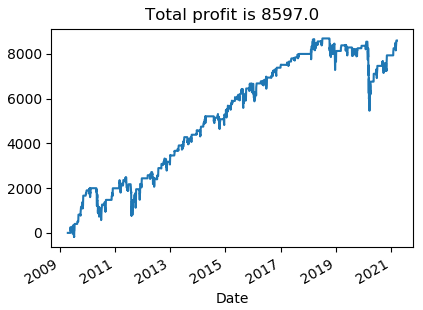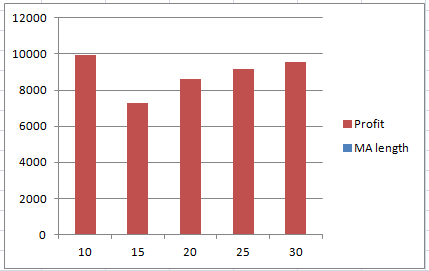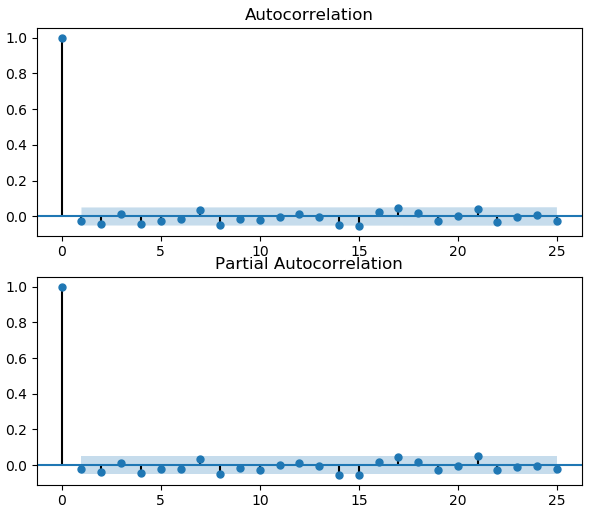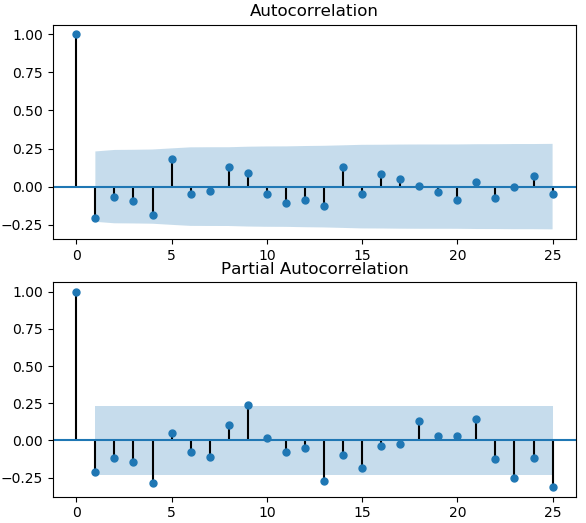What is an Interest Rate Swap?
An interest rate swap is a type of financial derivatives that allows participants to exchange their interest payments. With interest rate swaps, two parties can enter a forward contract to pay off each other's interest payments. Usually, both parties agree on the terms of the agreement. These terms also specify the principal amount for the swap.
Interest rate swaps usually involve exchanging fixed-rate debt instruments with floating-rate ones. The reason why participants do so is to mitigate or reduce their exposure to interest rate fluctuations. Since the rate on both payments differs, each party will be liable to pay a different amount. However, both parties agree to net off the payments and only pay for the residual amount. Therefore, one party will always benefit while the other will make a loss.
Sometimes, however, participants may also exchange floating interest rate instruments with other floating-rate debts. Participants may do so to avoid the risks involved with a specific type of debt. This type of interest rate swap is known as a basis swap.
How do Interest Rate Swaps work?
Interest rate swaps include two parties. As mentioned, one party usually receives fixed rate interest payments while the other gets floating-rate interest. Both parties mutually agree to the exchange and specify the conditions for the agreement. The reason why they may do so differs according to each party's requirements. Usually, however, it includes mitigating risks associated with a specific type of interest payments.
However, it does not imply that one party will be loss-making. The party receiving fixed-rate payments gets the advantage of paying fixed interests. If the market interest rates increase, the receiver of the fixed-rate payments will be at an advantage. However, the other party also benefits if the interest rates go down. In that case, they will have to pay lower interests than they would if they paid fixed rates.
Interest rate swaps only include the exchange of interest payments. The underlying debt instruments stay with the original receiver. The contract only specifies that each party will pay the difference in loan payments according to the agreement’s specifications. Therefore, they do not have to make full payments. Instead, they only compensate the other party for the additional interest payment on their debt instrument.
What are the risks associated with Interest Rate Swaps?
Interest rate swaps include two types of risks. These include credit risk and interest rate risks. When two parties exchange their interest payments, they face the risk that the opposing party will fail to honour their obligations. Since the contract does not involve exchanging the underlying debt instrument, the original receiver will be liable for the default.
Similarly, interest rate swaps come with interest rate risks. The risk that fluctuations in interest rates may cause higher or lower obligations for each party is a part of the contract. While one party can benefit from transferring their interest rate risks, the other party will always be at risk. Apart from these, interest rate swaps may include more other risks, such as market risk or counterparty risk.
What are the types of Interest Rate Swaps?
Based on the underlying debt instruments involved, there are three prominent types of interest rate swaps. The most common among these is the fixed-to-floating and floating-to-fixed interest rate swaps. Sometimes, however, both parties in a swap agreement may also enter into a float-to-float swap contract. All of these types of interest rate swaps have different characteristics.
Fixed-to-Floating
A fixed to floating interest rate allows one party to exchange their fixed-rate debt for a floating rate debt. There are several reasons to do so. While floating rate interest payments come with higher uncertainty, they can also offer more rewards. An entity may enter a fixed-to-floating interest rate swap to get better cash flows or reduce its risks. This type of interest rate swap can be significantly beneficial when market interest rates are decreasing.
Floating-to-Fixed
The floating-to-fixed interest rate swap agreement allows a party to exchange a floating interest debt for a fixed-rate one. With this agreement, the party can get better security when it comes to interest payments. Fixed interest payments are easier to predict and, therefore, better to manage. By disposing of floating rate interest payments for fixed instruments, the party can reduce their risks. This type of swap is beneficial when market interest rates are growing.
Float-to-Float
A float-to-float interest rate swap allows one party to exchange their floating rate debt for another floating rate one. This type of interest rate swap is known as a basis swap. It is not as common as exchanging floating debt for fixed-rate debt. However, it still can be beneficial to get more favourable terms for interest payments. For example, one party may exchange their three-month LIBOR debt instrument for a six-month LIBOR or vice versa.
What is an Interest Rate Swap example?
Two companies, Red Co. and Blue Co., enter into an interest rate swap agreement. Red Co. holds a fixed-rate instrument that comes with a 5% fixed coupon rate. On the other hand, Blue Co. carries a floating rate debt with a LIBOR rate plus a 1% interest rate. At the time of the swap, the LIBOR rate is 4%. Both debts also have a nominal value of $100,000 with annual interest payments. After the swap agreement, Red Co. has to pay for the floating rate debt while Blue Co. has to handle fixed-rate payments.
At the end of the first year, the LIBOR rate decreases to 3.5%. Therefore, Red Co. must make an interest payment of $4,500 ($100,000 x [3.5% + 1%]). On the other hand, Blue Co. must make an interest payment of $5,000 ($100,000 x 5%). Both parties net off their payments, and subsequently, Blue Co. will pay Red Co. the $500 difference.
At the end of the next year, the LIBOR rates rise to 4.5%. In this case, Red Co. will be liable to pay $5,500 ($100,000 x [4.5% + 1%]). On the other hand, Blue Co.’s liability will remain fixed at $5,000. During the second year, Red Co. will pay Blue Co. the $500 difference in both payments.
How to price an Interest Rate Swap?
To value an interest rate swap, fixed and floating legs are priced separately using the discounted cash flow approach. Specifically, The valuation of an interest rate swap proceeds as follows,
- Construction of the zero-coupon curve
- Determination of the payment schedules
- Calculation of the net present value of future cash flows
This method for valuing an Interest Rate Swap can be implemented in Excel or Python.
How to account for Interest Rate Swaps?
The accounting for interest rate swaps considers the adjustment amount receive or paid to the other party. As mentioned, both parties in the interest rate swap do not pay each other’s interest payments. They pay or receive the adjusted difference between the interest payments on both instruments.
When a company pays interest on its debt instruments, it can use the following double entry.
| Dr |
Interest Expense |
| Cr |
Interest Payable |
The company can then make the payment to the lender as usual. However, once the other party calculates the interest rate, the company must adjust the interest expense. When the other party's interest is lower, the company will record the receipt for the difference. In that case, the double-entry will be as follows.
| Dr |
Cash |
| Cr |
Interest Expense |
However, if the other party’s interest expense is higher, the company has to pay the net difference. In that case, the adjustment will be as follows.
| Dr |
Interest Expense |
| Cr |
Cash |
The company must also calculate any changes in the fair value of the debt and record it. If there is an increase in its value, it can use the following double entry.
| Dr |
Swap contract |
| Cr |
Unrealized gain |
In case of a loss, it can use the reverse of the above entry.
Conclusion
An interest rate swap is a contract that involves the exchange of one type of interest payment for another. Usually, it includes the exchange of fixed-rate and floating-rate interest payments. There are two parties involved in an interest rate swap. With interest rate swaps, the involved parties don’t exchange the underlying debt instruments.
Article Source Here: Interest Rate Swap




